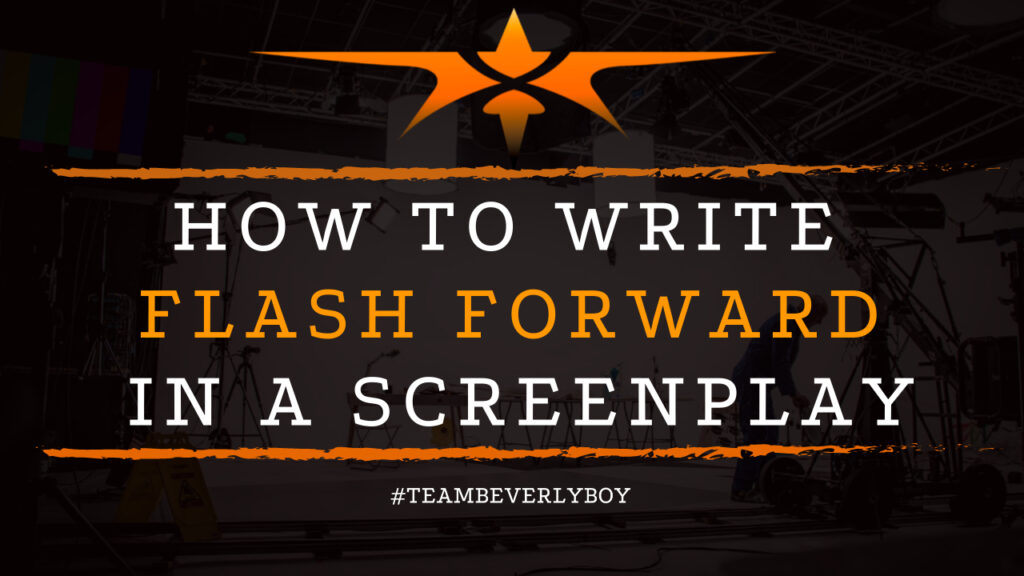How to Write Flash Forward in a Screenplay
When writing a screenplay, the screenwriter has a number of literary devices at their disposal to help move the narrative forward in time. One of the more common devices that is incorporated into films is the flash-forward. Which can push the narrative along by giving the audience a glimpse into the future and revealing some bit of action that will occur later in the story, but learning how to write flash forward in a screenplay is somewhat challenging. Done right, a flash forward can add unique value to the story while effectively moving the narrative along and generating a particular pace for the film.

WHAT IS A FLASH FORWARD?
Opposite of a flashback, the flash forward provides insight into a situation or scene that is going to take place in the future of the story. Flash forwards reveal some sort of action that is going to occur before it actually occurs.
While the flash forward will not paint the entire picture of what the audience can expect in the future of the film, it provides some partial glimpse that presents important details that push the narrative along in some way.
FLASH FORWARDS MIGHT:
- Show a character’s ability to predict the future.
- Shed light on a prophecy that is to come to life.
- Provide a vision of a particular future.
- Give insight into the consequences that could occur for particular actions.
- Show a character’s imagined future.
- Offer consequences that question morality.
INTEL GATHERING
Flash forward is used in screenwriting to provide the audience with some kind of insight or information that will build anticipation around what will occur in the future of the story.
The flash forward reveals something that is to occur in the future which makes the story more interesting and keeps the audience invested in the storyline.
It’s used to keep the audience anticipating what will happen to important characters or places in the story and how things are going to turn out.
HOW TO WRITE FLASH FORWARD IN A SCREENPLAY
Learning how to write flash forward in a screenplay is largely about formatting the Flash. Formatting a flash forward can take place in various ways depending on the writer’s desire to introduce the flash forward into the screenplay.
If your flash forward takes place in a single location, you will include the details of the flash forward in your scene heading such as:
[INT/EXT]. [LOCATION] – [DAY/NIGHT] FLASH FORWARD
You might also include the details at a parenthetical such that your screenplay would look like:
CHARACTER
(flash forward)
HOW TO WRITE FLASH FORWARD IN A SCREENPLAY
Flash forward may also be introduced into a screenplay similarly as a montage would be such that you would see a label like FLASH FORWARD – TRAIN ACCIDENT followed by the action items and when the flash forward is completed you would see BACK TO PRESENT DAY to denote that the flashforward sequence is done.
The most important thing to remember when learning how to write flash forward in a screenplay is that you must make it clear when the flash forward is occurring and why.
You must also make it visibly clear when the story has adjusted back to present time and the setting is no longer in a flash forward. Announcing similar to a montage is the most common way and probably the easiest to understand by most readers.


